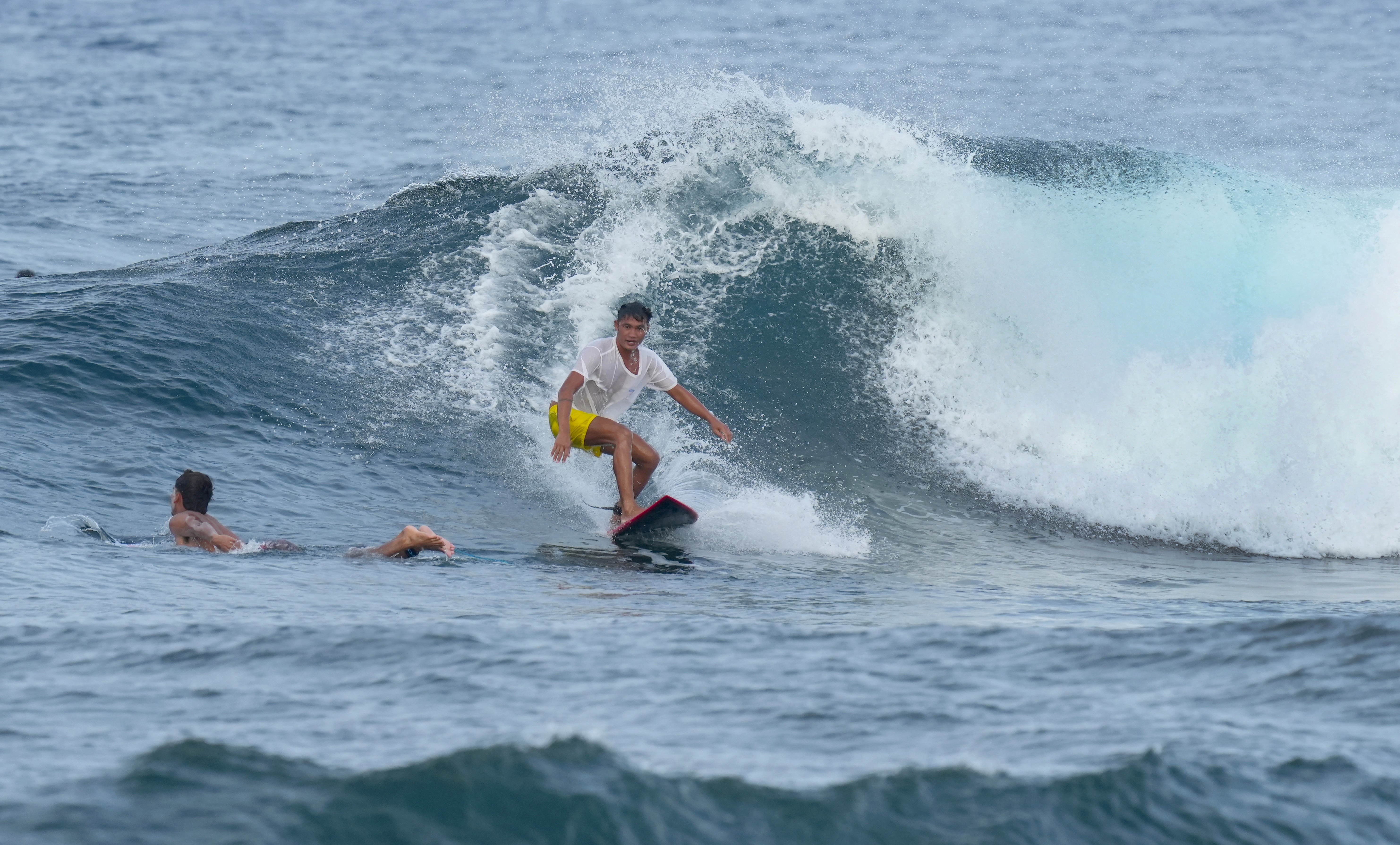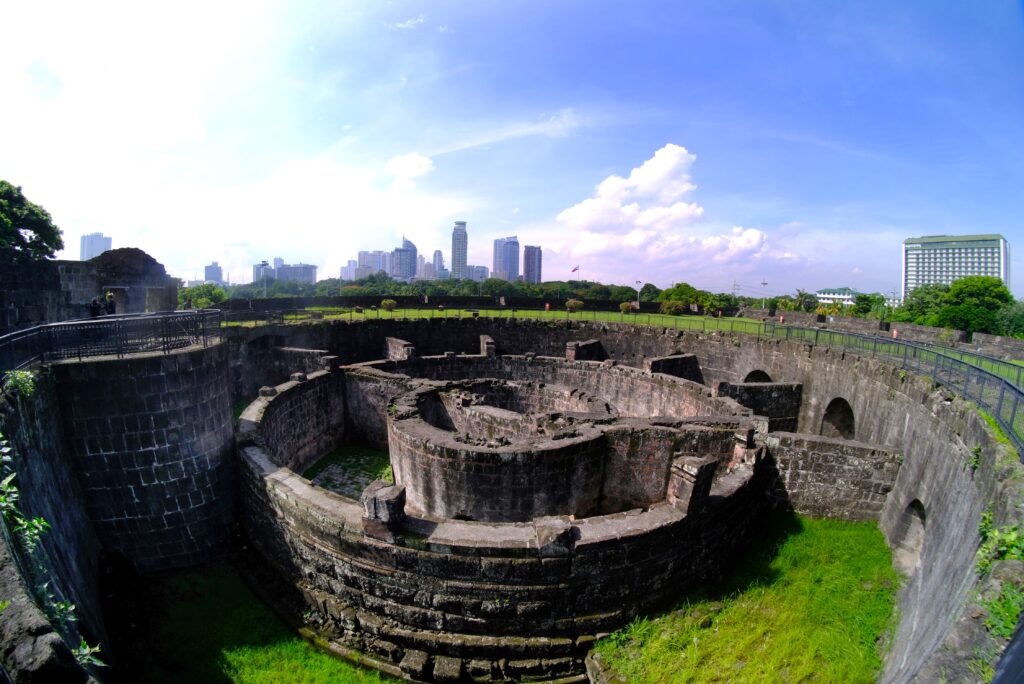Text by Henrylito D. Tacio
Photos by Rhoy T. Cobilla
Three years ago, a global travel website ranked the Philippines as the second most “Instagrammable” – or very appealing to photography and worthy of sharing on the social media site Instagram – place on earth. It is below Tokyo, Japan and one rank ahead of Paris, France.
The travel website Big 7 Travel listed 50 places and described the Philippines as “home to incredible natural wonders like an underground river and tranquil rice terraces in addition to a vibrant culture and history spanning several millennia.”
With over seven thousand islands, the Philippines, as a whole, is “extremely Instagrammable.” The website added: “From the bustling capital of Manila complete with colorful colonial streets to the absolute oasis of Boracay, the gram opportunities here are endless.”
All-Asia Travel Guide, published by the Far Eastern Economic Review, said the Philippines is one of the region’s most alluring countries. “The country’s assets include its round-the-year warm climate, comparatively low prices, breathtaking natural scenery, and its peoples’ hospitality, which remains charming, if tinged with hopes of financial gain.”
Lindsay Bennet, author of globetrotter guide Philippines, wrote: “The (country’s) landscapes are strong and always alluring, whether nature’s own or forged by the hand of man. (It’s) a backbone of fire snakes south through the land. This is our planet at its most raw. Archetypal volcanic cones and vasta lava fields hint at the elemental forces at work just below the surface. Elsewhere, limestone has been carved into vertiginous bluffs and stacks above ground, and vast caverns in the dark depths below.
With 7,107 islands, the Philippines has one of the longest coastlines in the world. In fact, its total length of coastlines (36,289 kilometers) is almost twice that of the United States. The country “is believed to have both the third largest reef area and the most diverse coral reefs in the world, containing nearly 1,800 species of reef fish.”
There are so many things the Philippines and its people are known for. Let me count the ways.
The phrase “life is a beach” must have been created for the Philippines. From the windy seas of Batanes to the enthralling isles of Palawan, life’s truly a beach in the country. Boracay in Panay Island is known globally as one of the world’s finest beaches. Siargao’s Cloud Nine in Mindanao is said to be among the best surfing sites in the world.

The Philippine Deep or the Mindanao Trench is the world’s second deepest spot underwater as it is about 34,440 feet (10,497 meters) below sea level. Marianas Trench (11,000 meters below the sea level) holds the record.
The Tubbataha Reefs is considered as the world’s richest bio-geographic area. In fact, it was declared by the United Nations Educational, Scientific, and Cultural Organization as a World Heritage Site. The two atolls are located 92 nautical miles southeast of Puerto Princesa City covering 33,200 hectares and contains what is believed to be the world’s largest grouping of marine life per unit area.

The Philippines is home to some of the world’s unique tourist attractions. The Saint Paul Subterranean River, which stretches 8.2 kilometers in length, is among the world’s longest underground rivers. Palawan is also noted for its towering limestone cliffs found in El Nido.
The Hundred Islands – totaling 124 at low tide and one less at high tide – are spread throughout Lingayen Gulf. This protected area located in Alaminos, Pangasinan, covers an area of 16.76 square kilometers. The islands are believed to be about two million years old.

Bohol’s Chocolate Hills – a rolling landscape of 1,700 small, rounded mounds – have been protected as a National Geological Monument. The hills were reportedly formed by the uplift of an old coral reef that has been eroded and softened by wind and rain.
Mayon Volcano in Albay has the distinction of having the world’s most perfect cone. Upon seeing the Bicol landmark in 1903, distinguished British traveler-writer A. Henry Savage Landor wrote: “Mayon is the most beautiful mountain I have ever seen, the world-renowned Fujiyama (Mt. Fuji) of Japan sinking into perfect insignificance by comparison.”
Another global record: Taal Volcano, a 406-meter-high crater, is said to be the world’s smallest volcano. It is described as “a crater within an island within a lake” because it stands as an island at Taal Lake. The lake was formed after the volcano, which used to be much larger, collapsed.
Mount Apo, a dormant volcano situated in the boundaries of Davao City, Davao del Sur and North Cotabato, is the county’s highest peak (2,954 meters or 10,311 feet above sea level). Mount Apo is flat topped, with three peaks, and is capped by a 500-meter wide volcano containing a small crater lake. Its name means “master” or “grandfather.”

The Hundred Islands National Park in Alaminos, Pangasinan was created to protect the pristine wilderness of the 124 islets during low tide, and 123 islets during high tide.
The Banaue Rice Terraces, dubbed as the “Eighth Wonder of the World,” is about 13,400 miles long – or about half the globe’s circumference and ten times the length of the Great Wall of China.
For history fanatics, the Philippines is not far behind. Fort Santiago, a historical fortress located in Intramuros built by the Spaniards in 1571, was constructed on the site of the former Muslim kingdom ruled by Rajah Sulayman.

Vigan City is a historic UNESCO World Heritage Site in Ilocos Sur. It is known for Calle Crisologo, a preserved street whose grounds and pavements are made of cobblestones. Both sides are lined with ancestral houses that are reminiscent of old Spanish towns.
In Bataan, there’s the Las Casas Filipinas de Acuzar, a marvelous historic resort. As one visitors hailed, “It’s like a time travel to the16th-19th century Philippines. Lots of history and culture.”
Another attraction that entices a lot of guests and visitors is the Philippine International Hot Air Balloon Fiesta. It is an annual four-day air-sporting event held each year between January and February at the Clark Freeport Zone in Pampanga.

The Philippines is home to some of the world’s most unique wildlife species. Its waters are home to the world’s smallest fish. The dwarf goby (Pandaka pygmaea) measures 1.2 centimeters or less than half of an inch, the tiniest known vertebrate. The world’s smallest commercial fish, however, is “sinarapan” (Mistichthys luzonensis) which grows to an average length of 1.25 centimeters.
In July 1995, then President Fidel V. Ramos signed Proclamation No. 615 naming the Philippine eagle as the country’s national bird. He said that the bird is found only in the Philippines and as such it should be a source of national pride.
The Philippines is not known for the vehicles it assembles. But it is famous for its jeepneys, which were originally made from US military jeeps left over from World War II. So famous are jeepneys that when Hollywood star Vin Diesel came to the Philippines, he was spotted riding a jeepney and strolling in Bonifacio High Street in Taguig.
“What’s still most impressive to me about the Philippines is the friendliness of the people, their sense of humor…,” wrote Honolulu journalist John Griffin in a 1998 visit to Manila.
As there are many customs in the Philippines, “mano po” (putting an elder’s right hand in the forehead of the younger ones) is based around showing respect. It is generally done to show respect towards elders. Usually the older folks say, “Pagpalain ka ng Diyos” (God bless you).
Another unique characteristic trait of Filipinos is when they use lips to give directions. Someone explained, “This is actually a mannerism that has developed within the Filipino culture and most likely you will encounter this if you are living in the Philippines.”
An old adage, repeated in Michael Palin’s Full Circle (1997), described the country in these words: “Three hundred years in the convent, fifty years in Hollywood.”
Welcome to the Philippines! – ###








